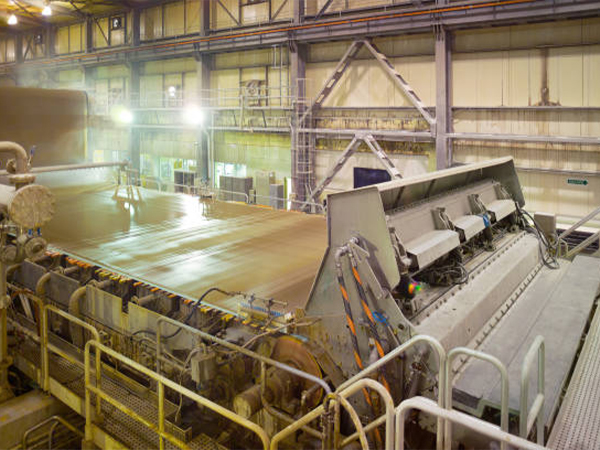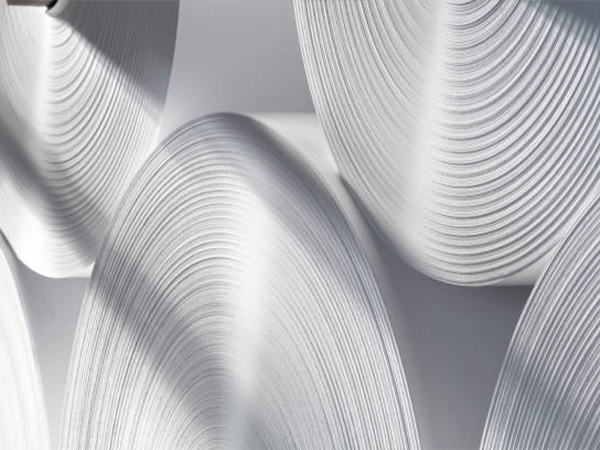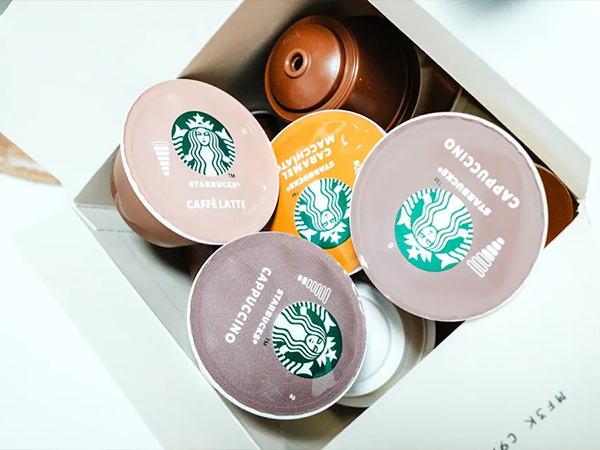1. INTRODUCTION
Additives are materials used to improve the finished paper itself or aid in the process of papermaking.
- Functional additives such as dyes, internal sizing agents, adhesives to increase wet or dry strength, and fillers are used to improve or impart certain qualities to the paper product and must be retained on the sheet to be effective.
- Control additives such as biocides, drainage aids, retention aids, pitch control agents, and defoamers are added to improve the papermaking process but do not directly affect the product and are not necessarily retained on the product.
Note: Many additives have several effects simultaneously. For example, alum is required for rosin sizing under acid conditions but also serves as a drainage and retention aid. Both types of additives are added to the stock before papermaking.
2. Metering and Pumping of Additives
Liquid additives are expensive chemicals that must be used at exact levels. Thus, they are usually metered into the system using positive displacement metering pumps.
- Use appropriate filters (e.g., 10 mesh or finer screen) in front of the pump inlet to avoid clogging the check valves.
- Use a pump inlet line (at least 12 mm / ½ inch) for additives with viscosity above 100 cps.
- Employ a flow measurement device to ensure proper flow of each additive.
It is often more effective to pump above ambient pressure; a pressure gauge can be used with a pressurized output to provide a qualitative flow rate. Surprisingly, many additive vendors supervise the addition of their products and may even set the flow rates at mills—despite not knowing how their product interacts with other (unknown) wet-end additives.
3. FUNCTIONAL ADDITIVES
3.1 Fillers
Fillers are pigments added to the stock for opacity and brightness improvements of printing papers.
Ideal properties of fillers include:
- High brightness
- High index of refraction (for light scattering and opacity)
- Small and uniform particle size (for smoother paper)
- Low water solubility and inertness
- Low cost and low abrasion
- Low specific gravity
- High retention levels (approx. 50% retained on the sheet)
Common filler materials:
- Ground or Precipitated Calcium Carbonate (PCC): Suitable for machines operating at pH ≥ 7
- Titanium Dioxide
- Clay (Kaolin)
Note: Filler levels range from 10%–30%. Higher addition can result in limp paper due to reduced fiber bonding. Fillers are not used in linerboard or papers requiring high strength.
Table 4.1 – Properties of Paper Fillers and Coating Pigments
- Clay:
- Inexpensive, mined from natural deposits
- Brightness: 80%–92%
- Refractive Index: 1.55
- Specific Gravity: ~2.58
- Abrasive
- Particle size: 40%–90% < 2 µm
- Accounts for ~90% of all fillers used
- Calcium Carbonate (Chalk, Limestone):
- Important modern filler
- Form: Calcite (natural), PCC (precipitated)
- pH requirement: ≥ 7.0
- Brightness: 92%–95%
- Refractive Index: 1.65
- Specific Gravity: 2.7–2.85
- Particle Size: 0.5–3 µm
- Cost: $200–$500/ton
- Low abrasion
- PCC offers better particle size control, higher purity, and adjustable surface charge (zeta potential)
- Manufactured by:
- Mixing CaO with water → Ca(OH)₂
- Introducing CO₂ (e.g., from lime kiln flue gases) → CaCO₃ (precipitated)
PCC has higher scattering coefficient than ground calcium carbonate, improving opacity and brightness.






